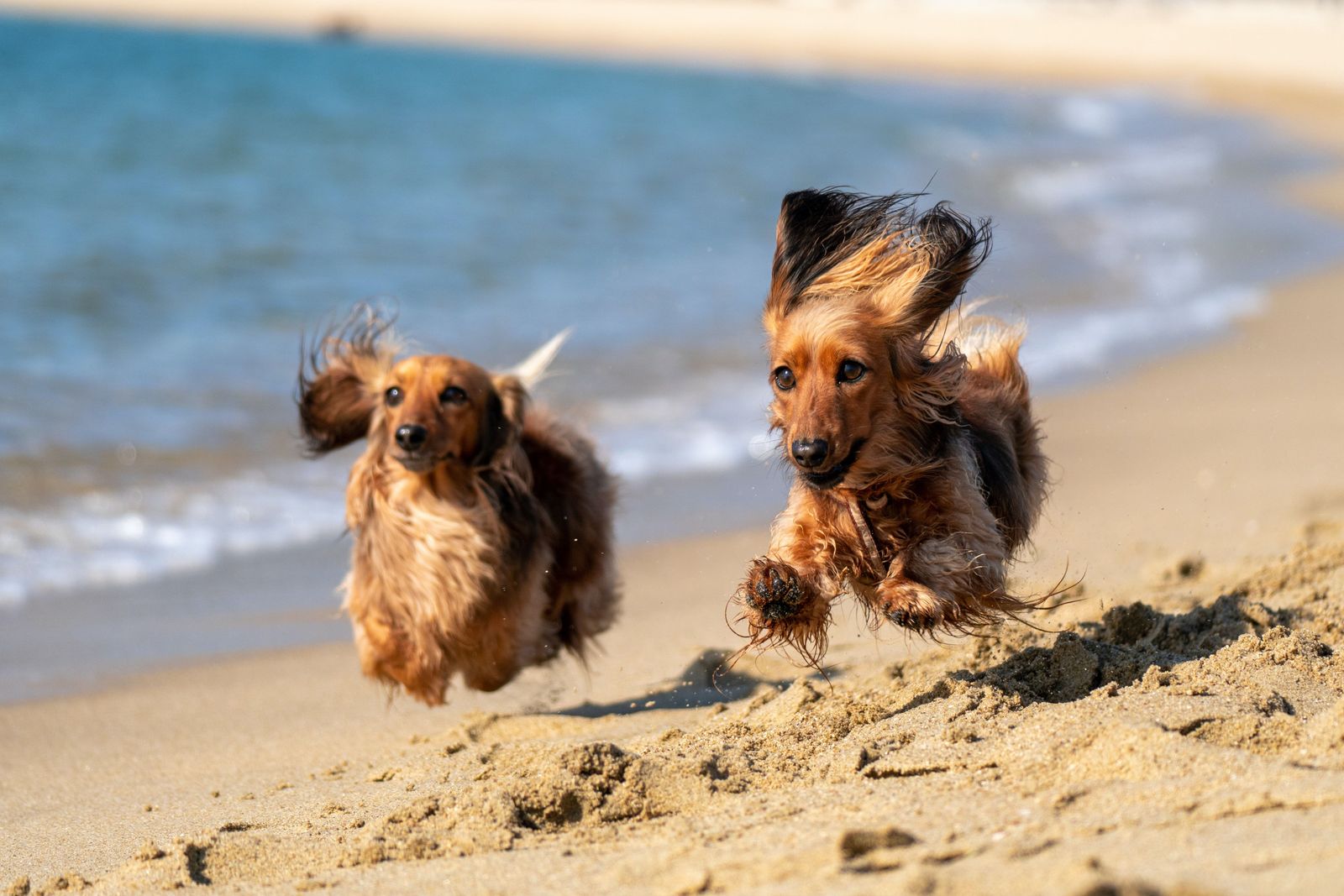How to protect your pet from extreme heat

Brace yourself, because summer weather is in full swing, and that usually means extremely hot, humid temperatures are a sure thing. While uncomfortable for us, extreme heat events can be life-threatening to your pets. Here are some steps you can take to ensure your pets enjoy summery days as much as you do.
Make sure your pet is hydrated
One of the best ways to keep your pet safe in the heat is to supply them with lots of water. Always replenish their water dish with fresh, clean water to encourage them to drink it. Pets aren’t always compelled to drink on their own and sometimes need a little urging. If that’s the case with your fur friend, try getting creative by adding a few drops of water to their wet food or adding ice cubes to their water - chilled water is often more enticing and refreshing!
Look out for signs of heatstroke
Heatstroke is a very serious condition and one to look out for in pets. As a pet parent, it’s important to be aware of your pet’s fitness levels and avoid overexertion when the weather's too hot or humid. There are some things you can do to spot the signs of heatstroke, but one of the most common indicators is if your pet is panting heavily. Your animal may also become restless and start drooling excessively. Because dogs or cats only have sweat glands on their paws, the only way their bodies can control temperature is by panting. If you notice your pet is panting heavier than usual during a heatwave, then this may be a sign that they are experiencing heat stroke. To prevent this, provide them with plenty of water, shade, and downtime.
Here’s what to do if you notice signs of heatstroke:
- Lead your pet away from the heat and move them to a cool or shadier environment.
- If you can, take their temperature rectally.
- Place cool compresses on the pet, including on the back of their necks, armpits, and groin region. You can also apply cool water to their ears or paws.
- Bring them to the vet as soon as possible.
In urgent situations such as this, do not overcool your pet, leave them unattended, or force them to drink water.
Never leave your pet unattended in a hot vehicle
Heatstroke (hyperthermia) can happen in the blink of an eye—it cannot be stressed enough that you should never, ever leave your pet unattended in a vehicle, even if you leave the window down for fresh air. Even if you’ll only be gone for a few minutes. That’s because according to a study by Stanford University Medical Center, even on days you may find it cool enough, the temperature in a parked car can reach temperatures in excess of 40 degrees Fahrenheit in a few short minutes.
Watch their toes, too!
When the weather gets extremely hot, so do the pavements—asphalt, in particular. So if you’re taking your dog out for a walk, just try to remember that they don’t have shoes to guard against the heat. While their paw pads are extremely tough, hot surfaces may burn them. When you take your pet out for a walk, try to steer clear of the streets and lead them onto the cool grass instead. Also, consider using padded booties for their paws so as to create a barrier. Remember, when you go for walks at night time, just know that the sidewalks will retain some of that heat so please be careful with your pet’s paws.
Spot the warning signs
By knowing what to look out for in your pets, you’re making their health a top priority. Knowing what to look out for means that you and pets can safely spend time outdoors and enjoy summer weather together.
If your pet’s behaviour seems abnormal, or if you’re interested in learning more about how to protect your pet in hot weather events, get in touch with a Vetster affiliated veterinary professional for instant, on-demand pet health advice.




